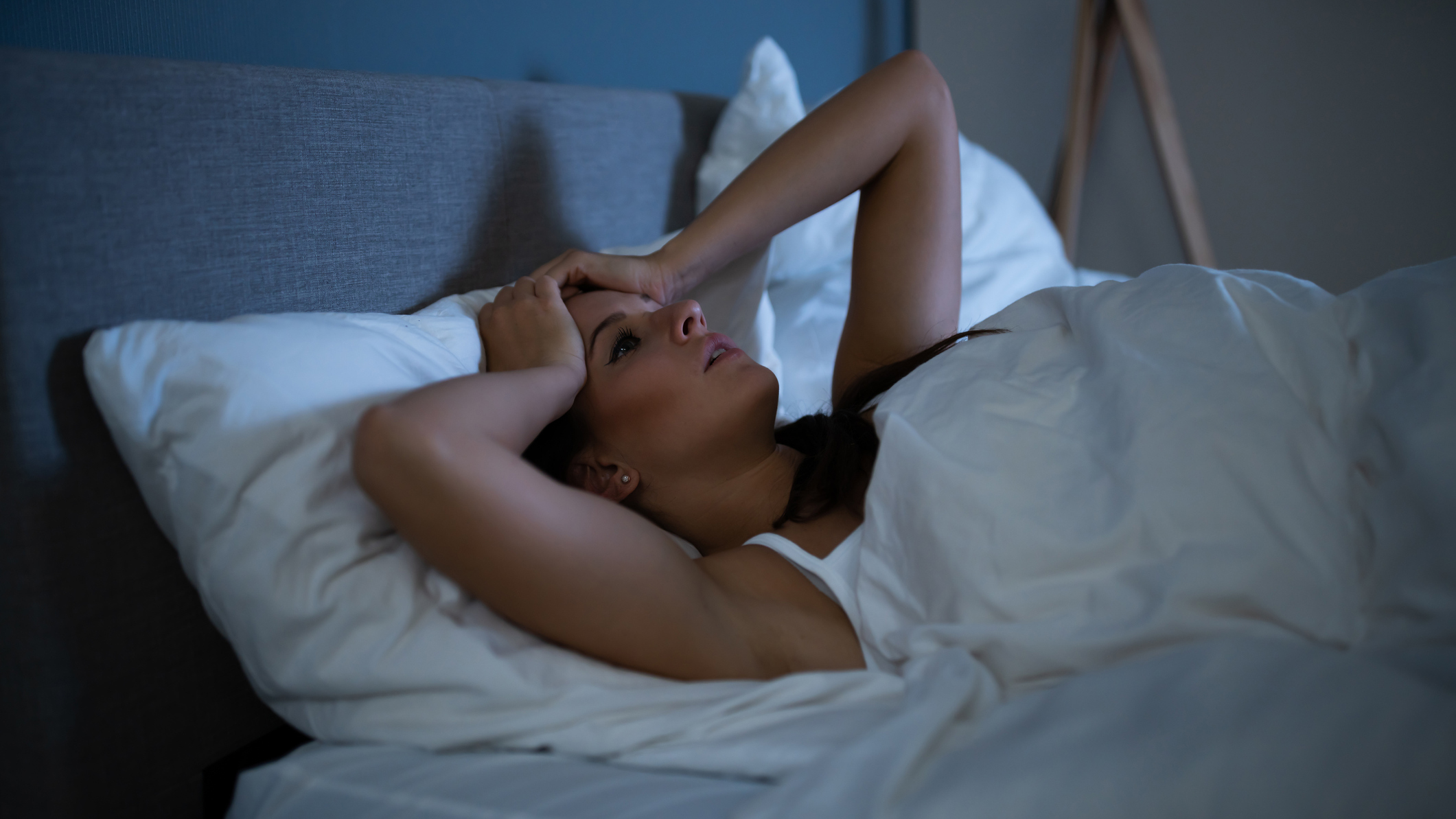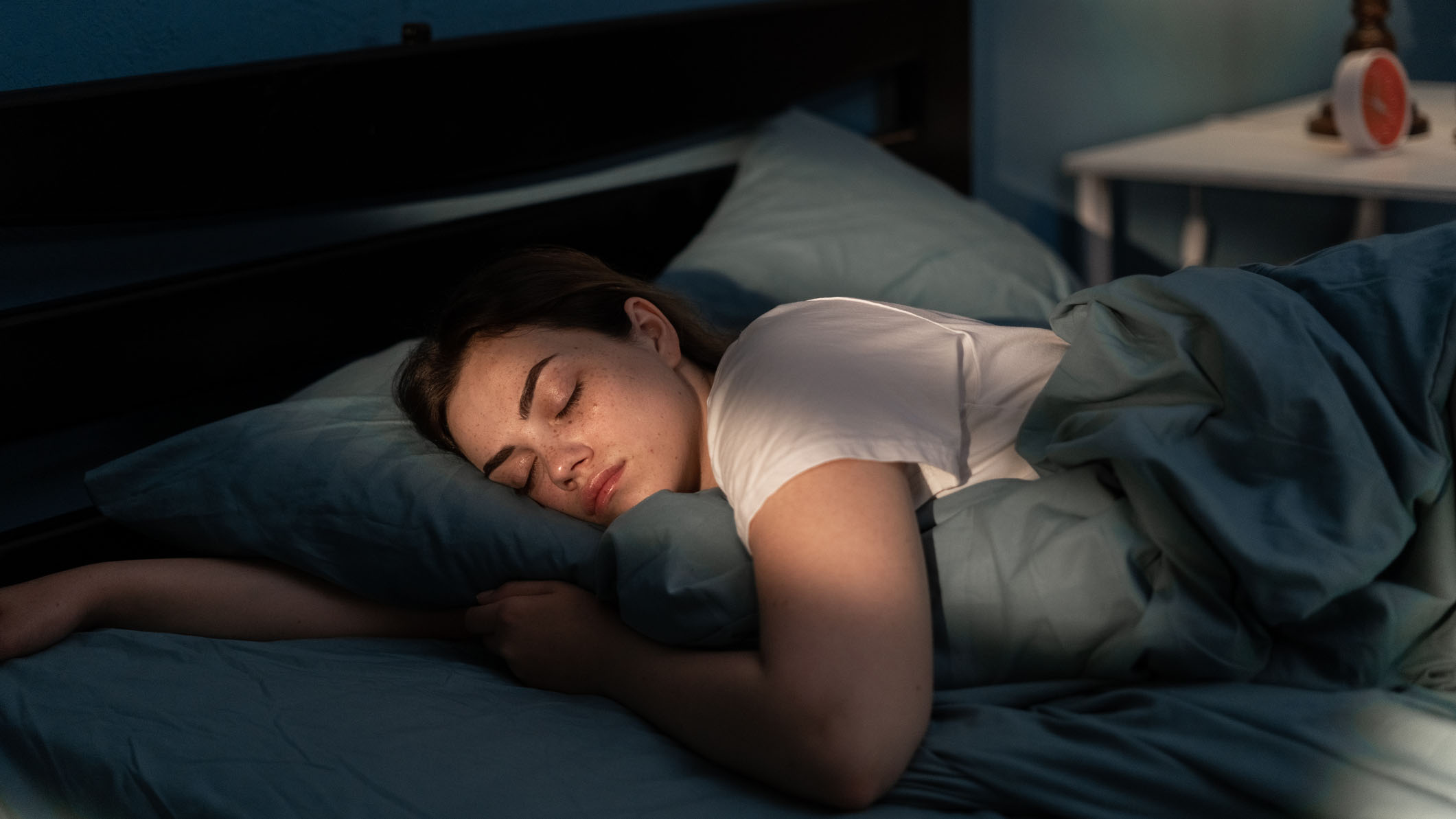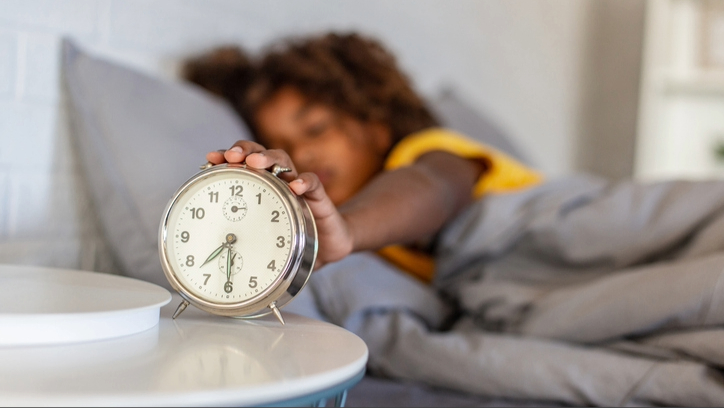
As winter approaches and the clocks fall back, some of us may be missing the lighter evenings, while others could be severely affected by seasonal affective disorder (SAD). In fact, around 10 million of us are affected by SAD, which is a form of depression that affects us in the winter months.
SAD is often caused by low sunlight levels which can impact our serotonin and melatonin production, leading to lower mood and increased sleepiness. From anxiety at bedtime to daytime grogginess, the disorder can leave you feeling tired but unable to sleep at night.
So, how can we relieve the symptoms and wake up feeling refreshed? From practising yoga to creating a more structured sleep routine, we talk to a range of experts to get their advice on how to get some shut-eye when the symptoms of SAD kick in.
What is SAD?
When we move from the light mornings and evenings of summer to the darker shorter days of winter it can affect our moods and lead to a form of depression called SAD.
“SAD is clinically defined as a specific type of depression, which is triggered by changes in the seasons, most commonly occurring in the winter months,” explains Dr Harry Jarrett, head of science and research at Heights.
“Symptoms can include a persistent low mood, irritability, lack of energy, weight gain and changes in sleep - which can have a substantial impact on your life.”
5 ways SAD impacts your sleep
1. Waking up in the night
You may fall asleep quickly, but those with SAD could wake up during the night and struggle to fall back to sleep and this is due to serotonin levels.
Dr Perry says “Lower serotonin levels can cause your sleep to be lighter, so you might find yourself waking up multiple times during the night, feeling restless.”

2. Less quality sleep
“The lack of sunlight prevents the hypothalamus from working properly, causing dysregulation of bodily functions,” explains Dr Jarrett.
“This dysregulation can also have a substantial impact on sleep duration and quality, primarily driven by changes in the production of melatonin (the sleep hormone), controlled by the hypothalamus. Which as we all know a bad night’s sleep can have a major impact on our mood the next day,” He adds.
3. Less time asleep
SAD can affect sleep patterns drastically because of your “circadian rhythm interruption, melatonin production changes, daytime exhaustion, as well as increased anxiety and negative thoughts keeping you up at night and disrupting sleep,” explains Jill Zwarensteyn, a certified sleep science coach.
All of these can contribute to a restless night of tossing and turning, sure to impact your next day and potentially even your next week.
4. Daytime tiredness

If you are hitting the snooze button or feeling like you need a nap, it could be down to SAD, even if you’ve had a good night's sleep.
“You might feel an urge to sleep more or nap during the day because your body craves more rest than usual when serotonin levels drop. This can mess up your night’s sleep even more,” adds Dr Perry.
5. Feeling groggy in the morning
SAD can make early mornings rough, explains the sleep doctor: “The extra melatonin your body produces in response to the darker days can make it hard to shake off that sleepy feeling when you wake up.”
Aside from this, if we’re waking up early, before the sun rises, our bodies won’t get the natural cue from sunlight to get going and boost our energy levels.

Why does SAD affect sleep?
SAD can make sleep a struggle because it throws off your body’s natural rhythm, explains Sleep Medicine doctor Dr. Chelsea Perry.
“When there's less sunlight, your internal clock can get confused, making it harder to know when it’s time to rest. Plus, lower serotonin levels can lead to restless nights, while more melatonin in darker months makes you feel tired during the day. All of this can mess with your sleep routine.”
How to get better sleep in the winter
It’s not all doom and gloom. If you experience SAD in the winter months, there are ways you can ease your symptoms and get better rest. Here, the experts explain how…
Don’t snooze your alarm
Dr. Patel, resident sleep expert at Time4Sleep, explains that your circadian rhythm naturally regulates how tired or wakeful you feel.
“Your natural rhythm gets confused when you constantly snooze your alarm and allow yourself to dip in and out of very light sleep. This means that your body isn't sure when it's supposed to go to sleep and when it’s supposed to be awake.”

Get outside during the day
Whether it’s a short walk or even a long run, seeing daylight will help reset your body: “Even though it’s cold, getting some daylight helps sync your body’s rhythm and boosts your mood. It’s one of the best natural ways to counteract the effects of SAD,” says Dr Perry.
Aim to spend at least half an hour to an hour outside. As well as the natural light, which is essential for our bodily and cognitive function, the fresh air will help you feel more awake.
Take magnesium
Research shows that magnesium supplements have been shown to “help people fall asleep faster and improve sleep quality,” explains Dr Jarrett.
“Sleep experts recommend taking no more than 350mg of supplemental magnesium a day to support sleep.” He adds.
Use a SAD lamp

“Light is one of the main ways our brain can tell whether or not it’s time to wake us up. This is why it can be much harder to shake ourselves from sleep on darker mornings,” says Marlena Kaminska, designer at ValueLights.
“SAD lamps work by simulating sunlight to encourage the brain to produce less melatonin (the sleepy hormone) and more serotonin (the happy hormone),” she adds. Using a SAD lamp for half an hour to an hour in the mornings can help boost our mood and energy levels, setting us up for a productive, positive day. In fact, one of our team relies on using a SAD lamp and a sunrise alarm clock to tackle SAD symptoms in the winter.
Wake up at the same time every day
We get it, weekends are made for lie-ins, but it could be making your symptoms worse. It’s been proven time and time again that a consistent sleep schedule can do wonders for our circadian rhythm, and therefore cognitive function.
Even an hour’s shift in sleep and waking times can confuse our bodies, exacerbating symptoms of SAD, insomnia, and other sleep disorders. With the clocks falling back, you may be struggling to adhere to your usual nighttime routine. But don’t worry, check out our tips for fixing your sleep schedule fast.
Practise yoga

Whether you are doing vinyasa or ashtanga class, having a yoga practice can “calm the nervous system, reduce stress and anxiety, and encourage mindfulness, which helps untangle a busy mind and allows you to switch off from the day. By fostering a state of relaxation, yoga prepares the body and mind for a more restful night’s sleep” explains Liz Joy Hardie, head of wellness and product at MoreYoga.
So, what poses should you try? “Gentle yoga poses such as Balasana (Child’s Pose), Viparita Karani (Legs-Up-the-Wall), Supta Baddha Konasana (Reclining Bound Angle Pose), and Savasana (Corpse Pose) are particularly helpful in relaxing the body and promoting better sleep,” she explains. But if yoga is a bit out of reach, gentle breathing exercises can also help before sleep.
Practise good sleep hygiene
Sleep hygiene refers to your habits before going to sleep as well as your environment. Maintaining a clean, clutter free bedroom will help you switch off at bedtime, as well as ensuring you’ve chosen the best mattress for your sleep needs and the best pillow to support your neck and spine. This will prevent you from tossing and turning, and help you drift off into a deep and restful sleep.
Other good sleep hygiene habits include avoiding caffeine in the afternoons, eating balanced meals throughout the day rather than sugary snacks at night, and having some screen-free time before bed







